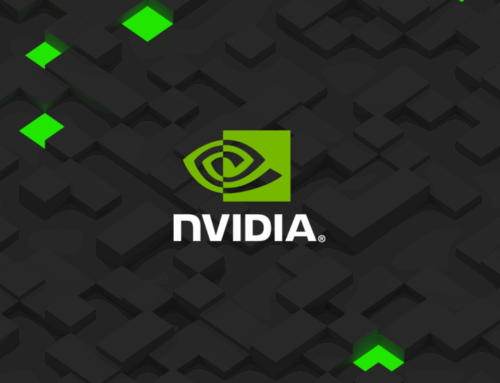September_AI Feature|Profitable Superstar of AI Era:Palantir
Since the release of ChatGPT at the end of 2022, the AI wave has swept across the world. With the demand for training in large language models, the hardware industries such as semiconductors, servers, and transmissions are booming. However, in the midst of this hardware dominance, one software data company stands out from the hardware crowd, with its stock price skyrocketing nearly tenfold in just one year: “Palantir”.
OntologyTranslate operations into a computer-readable language.
Unlike most AI software companies that focus on "generating images, videos, and text," Palantir was first known for providing data analysis for the U.S. military, but has now expanded into the general enterprise. As seen at AIPCon, US telco AT&T reduced unnecessary staffing by 40% after partnering with Palantir; clinical research organization Parexel reduced trial lead time from 12 weeks to 3 weeks (a 75% improvement in efficiency); and pharmacy chain Walgreens increased operational efficiency by 30% in 8 months. Walgreens, a pharmaceutical chain, increased its operational efficiency by 30% in 8 months and increased its buyback rate by 32%. These examples illustrate that Palantir's core value lies in leveraging data analytics and AI to help organizations "reduce costs and increase efficiencies", but in order to truly understand its core value, you must start with its Ontology.
The concept of Ontology breaks down all aspects of business operations into three things: entities, actions and impacts. Take airlines as an example: flights, airframes, and passengers are "entities"; takeoffs, maintenance, and delays are "actions"; and delays that cause schedule changes, passenger disruptions, and schedule rescheduling are "impacts" Palantir maps ERP, IoT, logistics, and customer service information into these three categories, and then builds a "digital life" that simulates the impact of each action on revenues, profits, and efficiencies. not only analyzes, but also proposes solutions, drives actions, and continuously optimizes to make business processes faster and more accurate.
Four core products: Ontology's tools for getting things off the ground.
Ontology is realized through the interplay of Palantir's four core products, Pipeline Builder, Foundry, Apollo and AIP.
First of all, after confirming the cooperation relationship with the enterprise customer, Panlantir will use Pipeline Builder to input the customer's three major items into the model. Taking airlines as an example, Pipeline Builder will convert the "aircraft", "customer tickets" and "routes" of the airlines into data that can be understood by computers. Input into the model.
The second step is to use Foundry to connect data from different systems, such as the correlation between airfares and tickets, the linkage with flight departure times, and the parameters that affect the profitability of the airlines, fuel prices, airport fees, and other data; all of these rely on Foundry to open up the connection between different systems and incorporate AI to analyze a better operational strategy, such as whether to lower the price of the ticket, increase the maintenance cycle of the flight, and other complex and interlinked "action" recommendations. AI is also used to analyze better operational strategies, such as whether to reduce the price of tickets or increase the maintenance cycle of flights, etc. These are complex and interlinked "action" suggestions. At this point, the entire airline operation's digital life model has begun to take shape.
With operational strategy recommendations, Apollo monitors all changes and audits the application of strategy execution based on the executability of the strategy deployment across different scenarios, regions, times, and monitoring the results of changes made to parameters in various simulated scenarios of the enterprise, all of which leave replayable evidence down to the object level. highly sensitive environments.
Through the above description, we know that Palantir can successfully help enterprises to build their operation model, but it is not difficult to find that the biggest problem for enterprises when importing the service is "too high a barrier to entry", as the contents of different enterprises that need to be datamined vary greatly, how to improve the operation efficiency? How to improve operational efficiency, and even what "actions" should be adjusted? In the past, Palantir had to organize a large number of experts to help complete these projects for different enterprises, which made it difficult for the company's operation scale to grow significantly. Now, in the age of AI, Palantir's fourth core technology, AIP, is now available to the public.
Palantir's new system allows employees to ask questions directly to the system and get suggestions for decisions and even generate actions automatically, solving the problem of high barriers to entry and reliance on specialists in the past. This has completely changed Palantir's expansion bottleneck, and has helped both Palantir and its customers realize cost reductions and efficiencies.
Using Palantir as an example, we can see that in order to create value in the AI era, enterprises should not blindly chase AI for the sake of introduction, but still need to take the company's operation optimization as the core, and reduce costs and improve efficiency through AI technology; only by taking the first step can they hope to take the lead in the process of chasing transformation.










